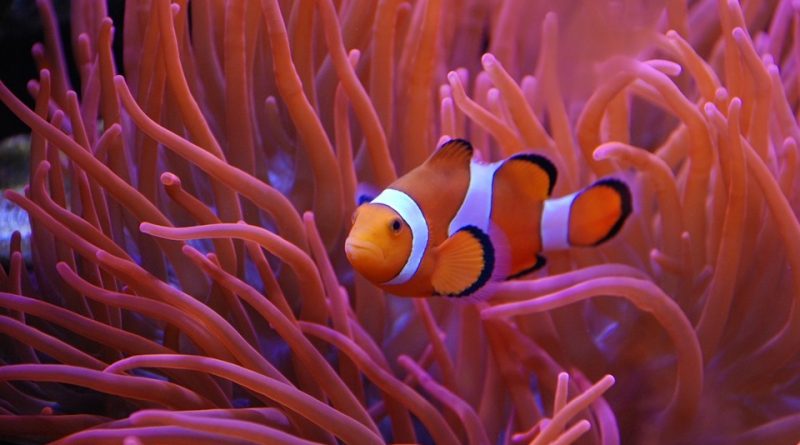Heterotroph
Heterotroph
By heterotroph is meant an organism that for its energy needs using organic substances processed by autotrophic organisms or coming from other heterotrophic organisms. The word heterotrophic comes from the Greek ἕτερος, héteros, that is different and τρέϕω, tréphō, I feed myself.
Heterotrophic organisms are therefore not able to synthesize their own nutrients, but must take them in the form of carbohydrates, proteins and lipids using animal or vegetable tissues they eat.
Therefore, in order to live, a heterotrophic organism must draw on organic compounds previously synthesized by other organisms, which are instead called autotrophs, such as for example all plants that possess chlorophyll.
In turn, heterotrophic organisms can be divided into two main classes: photoeterotrophs and chemoheterotrophs.
Photo-heterotrophs produce energy derived from light and use organic compounds for plastic functions. These organisms consume a fraction of the energy produced during photosynthesis to reduce NADP to NADPH, as there is no need to use the Calvin cycle if carbohydrates are available in the diet.
The chemo-heterotrophs instead produce ATP obtaining it from chemical oxidation.
There are two types of chemoheterotrophs: chemoorganoheterotrophs and chemolitoeterotrophs.
Chemolitheterotrophs, or lithotrophic heterotrophs such as sulfobacteria (eg Beggiatoa and Thiobacillus) and sulphate-reducing bacteria, use inorganic substances to produce ATP, including hydrogen sulfide, elemental sulfur, thiosulfate, and molecular hydrogen. They use organic compounds to build their biological structures.
Chemoorgano-heterotrophs, or simply organotrophs, use reduced carbon compounds like carbohydrates, fats and proteins from plants and animals as energy sources.
In general, the majority of bacteria, protozoa, all animals (metazoa), fungi and some vegetable parasites totally devoid of chlorophyll are heterotrophic. From a metabolic point of view, these heterotrophic organisms are specifically chemorganotrophs because they absorb the chemical binding energy of the organic components of carbon and use complex organic substrates such as electron donors. Heterotrophs exchange materials and energy with the environment, absorbing and transforming exogenous organic compounds and thus expelling (or sometimes segregating) the catabolites. In terms of ecological energy, heterotrophs belong to the consumer levels (primary or higher order) of the ecological pyramid.

